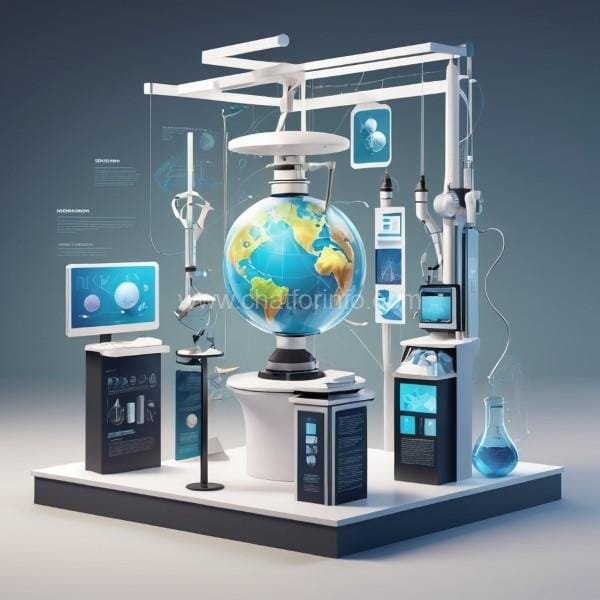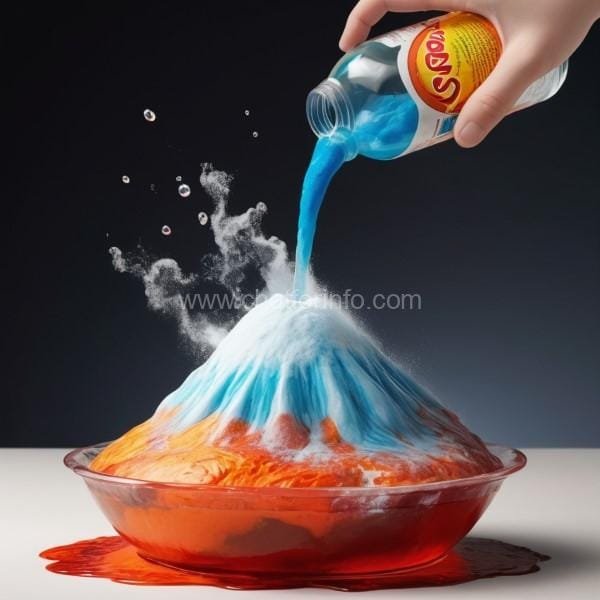Science Exhibition Ideas for Students are an exciting way for students to showcase creativity and learn scientific concepts practically. The key to a successful project is keeping it simple yet meaningful, ensuring it’s easy to understand and connected to our daily lives. In this blog, we’ll share easy-to-make science projects, techniques, and tips for students to shine at their next science exhibition.

How to Choose a Science Project
A good science project should:
Be fun and easy to explain to others.
Be connected to real-life problems.
Use simple materials that are easy to find.
Demonstrate scientific principles clearly.
Simple Science Project Ideas
Here are some beginner-friendly Science Exhibition Ideas for Students with explanations:

1. Homemade Water Purifier
Objective: Show how to clean dirty water.
Materials: Plastic bottle, sand, gravel, activated charcoal, cotton, and dirty water.
Steps:
- Cut the bottom of the plastic bottle and place cotton at the neck.
- Add layers of activated charcoal, sand, and gravel in the bottle.
- Pour dirty water from the top and watch clean water come out from the bottom.
Science Behind It: This is filtration—each layer removes impurities, similar to how real water purifiers work.

2. Baking Soda Volcano
Objective: Demonstrate a chemical reaction.
Materials: Baking soda, vinegar, dish soap, food coloring, and a plastic bottle.
Steps:
- Put baking soda, dish soap, and food coloring in the bottle.
- Add vinegar and watch the “lava” bubble out.
Science Behind It: Baking soda reacts with vinegar (acid + base reaction) to produce carbon dioxide gas, creating fizzing and bubbling.

3. Solar-Powered Oven
Objective: Use solar energy to cook food.
Materials: Cardboard box, aluminum foil, plastic wrap, and black paper.
Steps:
- Line the inside of the box with black paper and aluminum foil to reflect sunlight.
- Cover the top with plastic wrap to trap heat.
- Place food (e.g., s’mores) inside and leave it in sunlight.
Science Behind It: The black paper absorbs heat, and the plastic wrap traps it, creating a mini-greenhouse effect.

4. Balloon Rocket
Objective: Explain motion and air pressure.
Materials: Balloon, straw, string, and tape.
Steps:
- Attach a straw to the balloon with tape.
- Thread a string through the straw and tie it between two objects.
- Inflate the balloon, release it, and watch it zoom!
Science Behind It: The air escaping the balloon pushes it forward due to Newton’s Third Law: “For every action, there’s an equal and opposite reaction.”

5. Electromagnet
Objective: Show how electricity creates a magnetic field.
Materials: Copper wire, iron nail, battery, and paper clips.
Steps:
- Wrap the copper wire tightly around the nail.
- Connect the wire ends to the battery terminals.
- Use the nail to pick up paper clips.
Science Behind It: Electricity flowing through the wire generates a magnetic field, turning the nail into a magnet.
World Formulas for Science Projects
Understanding a few basic formulas can make your projects more interesting:
- Speed Formula:
Speed = Distance ÷ Time
Example: If you walk 10 meters in 2 seconds, your speed is 10 ÷ 2 = 5 m/s. - Ohm’s Law:
Voltage (V) = Current (I) × Resistance (R)
Example: If the current is 2 amps and resistance is 5 ohms, the voltage is 2 × 5 = 10 volts. - Force Formula:
Force = Mass × Acceleration (F = ma)
Example: A 2 kg object accelerating at 3 m/s² experiences a force of 2 × 3 = 6 Newtons.
Tips to Present Your Project
- Keep It Simple: Use simple language to explain your project.
- Use Visuals: Diagrams and charts make it easier for others to understand.
- Practice Your Explanation: Rehearse so you can confidently explain your project to anyone.
- Relate It to Everyday Life: Show how your project solves real-world problems.
How Chatforinfo Can Help
Chatforinfo.com provides a platform where students can share science ideas, ask questions, and explore new concepts. Whether you need help understanding a formula or improving your project, our community is here to support you.
Conclusion
Science Exhibition Ideas for Students are a great way to learn while having fun. By choosing simple, real-life projects and explaining them clearly, you can impress everyone with your creativity and knowledge. Remember, science is all about curiosity and problem-solving, and every experiment teaches you something new. So, start exploring and make your project shine!